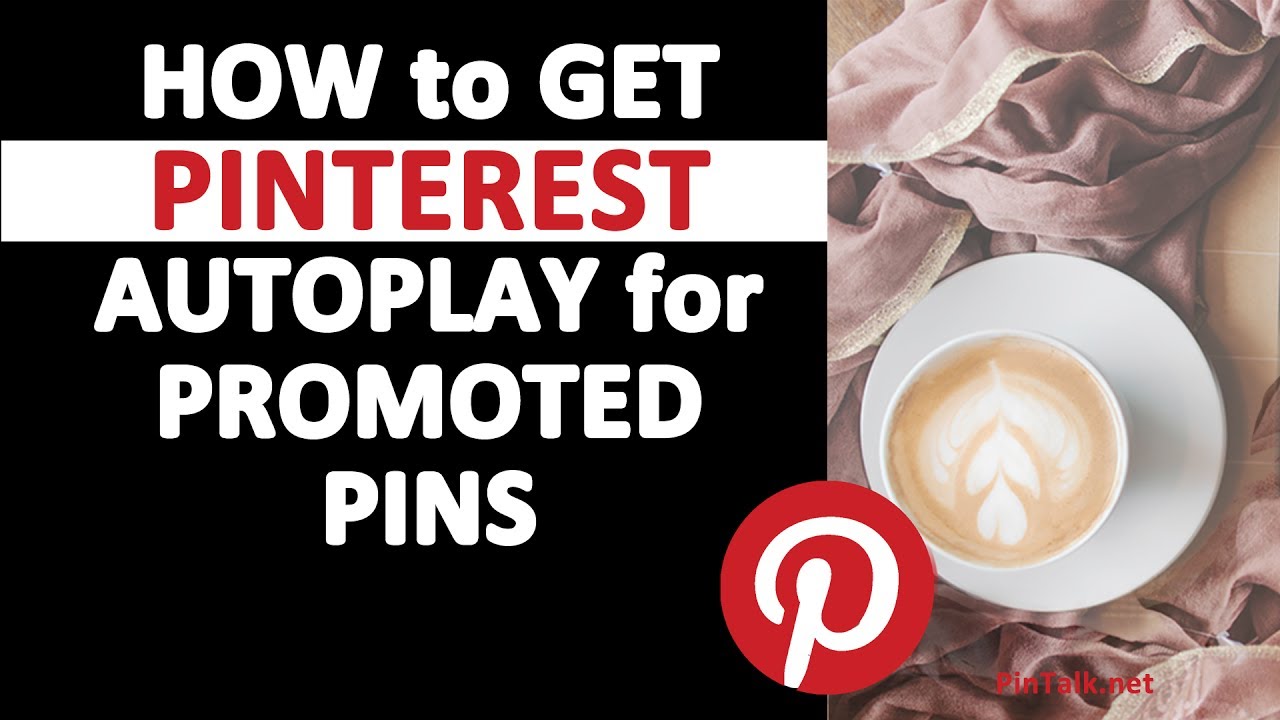9 social media apps paying their content creators
Competition among social media apps is fierce. Every platform is looking to keep their users engaged as long as possible and one way to achieve this is to provide them with the best from content creators. Some social apps began paying their most talented content creators last year, some started this year.
9 social media apps paying their content creators
1. FACEBOOK – in-stream ads, fan subscriptions, branded content and subscription groups
On March 11, 2021, Facebook announced that the platform will help Content Creators Diversify Revenue on Facebook.
From 2019 to 2020, the number of content creators earning the equivalent of $10,000 USD per month grew 88% and content creators earning $1,000 per month grew 94% (Facebook).
Here is how content creators can monetize content on Facebook:
In-stream ads
In-stream ads help content creators earn money by including short ads before, during or after their videos.
Facebook will automatically identify natural breaks in content to place the creator’s ads, or the creator can choose placements.
The creator’s earnings are determined by the number of video views and who the advertisers are.
Fan subscriptions
Fan subscriptions allow the creator’s audience that cares most about their Page to directly fund it through monthly, recurring payments that the creator sets.
The creator can identify supporters by the special badge the platform provides them in comments.
Facebook’s recommendation to keep the fans engaged is to reward them with perks such as exclusive content and discounts.
Branded content
Facebook helps creators generate revenue by publishing content that features or is influenced by a business partner.
Brands want to work with content creators and their audiences.
To make this easier, safer and more impactful for both parties, Facebook created the Brand Collabs Manager, a tool which enables the creator to find and connect with brands.
Subscription Groups
Subscription groups empower group admins to sustain themselves through subscriptions, thus enabling them to further invest in their communities.
We’re especially focused on short-form video monetization. In the coming weeks, we’ll begin testing the ability for content creators to monetize their Facebook Stories with ads that look like stickers and receive a portion of the resulting revenue.
Yoav Arnstein, Director, Facebook App Monetization
2. TWITTER – the Tip Jar
On May 6, 2021, Esther Crawford, Senior Product Manager at Twitter announced a new feature called Tip Jar.
What is Tip Jar?
“Tip Jar is an easy way to support the incredible voices that make up the conversation on Twitter. This is a first step in our work to create new ways for people to receive and show support on Twitter – with money.”
Tip Jar is a new way for people to send and receive tips. The accounts that enabled this feature have a Tip Jar icon next to the Follow button on their profile page.
How does the Tip Jar work?
By tapping the icon, a dropdown of payment services or platforms unfolds and the user selects whichever they prefer. The services available today include Bandcamp, Cash App, Patreon, PayPal and Venmo.
3. INSTAGRAM – Badges in Live and IGTV Ads
Badges in Live
In May 2020, Instagram announced new ways for creators to make money.
To give fans another way to participate and show their love towards a particular content creator, Instagram introduced badges that viewers can purchase during a live video.
With badges, creators can generate income from the content they’re already creating. Badges will appear next to a person’s name throughout the live video.
Fans who have purchased badges in Live will stand out in the comments and unlock additional features, including placement on a creator’s list of badge holders and access to a special heart.
IGTV Ads
IGTV has become a powerful place for creators to connect more deeply with their fans, pilot new projects and share their lives and talents.
With IGTV ads, they have another new way to earn money from the content they work so hard to produce.
4. YOUTUBE – $100M YouTube Shorts Fund
In May 2021, YouTube announced the launch of YouTube Shorts Fund, a $100M fund distributed over the course of 2021-2022.
Anyone is eligible to participate in the fund simply by creating unique Shorts that delight the YouTube community.
Each month, YouTube will reach out to thousands of creators whose Shorts received the most engagement and views to reward them for their contributions.
The video platform said the Shorts Fund is a top priority and the first step in its journey to build a monetization model for Shorts.
We’ve paid more than $30 billion to creators, artists, and media companies over the last three years, and we remain deeply committed to supporting the next generation of mobile creators with Shorts.
YouTube
5. TIKTOK – $1B Creator Fund
The Creator Fund gives TikTok’s best and brightest the opportunity to earn money with their creative talent.
Within 3 years, TikTok is expecting the fund to rise to a total of $1 billion.
The fund will extend to further markets across the globe so that even more creators will be given the opportunity to earn from their hard work and creativity.
Beginning March 25, 2021, creators will need at least 100K authentic video views in the last 30 days to be eligible to join the Creator Fund.
6. Snapchat– $1 million a day in Spotlight
Snapchat is willing to pay $1 million a day for good content from creators on its platform.
Snapchatters are invited to submit their top snaps to Spotlight and if the snaps go viral, the company is paying the creators a lot of money.
Snapchat debuted Spotlight in November 2020 and thousands of creators are already getting paid small fortunes.
Snapchatter Cam Casey, a TikTok star with over seven million followers, has been paid nearly $3 million by the company for content that went viral.
7. Pinterest – $500K Creator Fund
In April 2021, Pinterest hosted an event focused on its creator community. At this event, Pinterest announced the launch of a $500,000 Creator Fund.
The fund is specifically focused on elevating creators from underrepresented communities in the United States. It will offer a combination of creative strategy consulting and compensation for content creation and budget for ad credits.
Creator Inclusion Lead Alexandra Nikolajev said the company worked with “eight emerging creators across fashion, photography, food and travel, and will be identifying 10 more creators in the next few months for the next cohort.” (source)
8. LINKEDIN – Creator Program
In May 2021, Daniel Roth, VP and Editor in Chief at LinkedIn announced a program to support creators around the world, enabling them to have an even bigger impact and better experience on the platform.
No details were further disclosed and also we have no information on whether or not this program will pay LinkedIn Creators.
9. CLUBHOUSE – Clubhouse Payments and The “Creator First” Accelerator Program
In April 2021, Clubhouse began rolling out Payments—the platform’s first monetization feature for creators on Clubhouse. All users will be able to send payments and 100% of the payment will go to the creator, Clubhouse will take nothing.
This will be the first of many features that allow creators to get paid directly on Clubhouse. We are excited to see how people use it, and to continue working hard to help the amazing members of the Clubhouse community grow and thrive.
TikTok
Before the Payments feature, Clubhouse launched the Creator First Accelerator Program.
The program’s goal is to help support and equip emerging creators with the resources they need to bring their ideas and creativity to life.
The platform’s support includes a wide range of services from sending iPhones to the creators to helping them promote their shows.
The program also provides the creators with a monthly stipend and matches them with brands so they can turn their ideas into profitable creative endeavors.
All you need to know about autoplay video in Pinterest ads
Pinterest’s Promoted Video ad units, introduced on August 2016, went on auto-play in 2017. The new type of Promoted Video begins playing as soon as users scroll across it in their feeds, and these ad units will also auto-play in Pinterest’s search results.
“Pinterest has had to make the argument to advertisers that its 175 million users behave differently on Pinterest when compared to Facebook and Google, or even Twitter and Snap. Pinterest users come to the site and dig through products and recipes, among other things, for ideas. They then search deeper into topics, save them, and then eventually in theory acting on them later — either by cooking the dish or buying a product. Pinterest’s pitch is that unlike Facebook and Google, which can offer a compelling ad product for one point of that part of a customer’s buying life, it can offer products across the whole timeline,” wrote TechCrunch.
Moreover, said AdWeek, “Pinterest announced that Nielsen Mobile Digital Ad Ratings will measure audience reach of campaigns using Promoted Video with auto-play, while Moat will provide data on viewability, or how much of the videos were in view. They join existing measurement partners Millward Brown for brand lift and Oracle Data Cloud to measure the impact on offline sales”.
According to Pinterest’s Business page, Promoted Video delivers dramatic results, including lifts in brand awareness and favorability. Plus, using Promoted Video to show your ideas in action produces big gains in intent to act. “With 80% of Pinners using mobile devices to access our platform, it pays to use Promoted Videos, a naturally engaging format that can quickly capture the interest of this on-the-move audience,” concludes the post.


